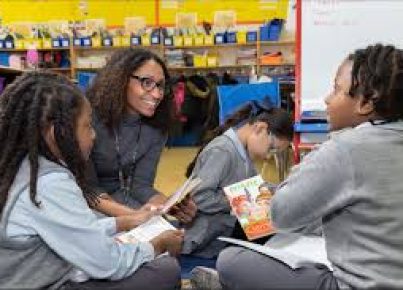Introduction:
High school English classes have long been a breeding ground for debate on the relevance and value of the books assigned. While certain works of literature have remained timeless and hold significant merit, there are a few that no longer resonate with today’s students. It’s time to reconsider the inclusion of these three classic books in high school English curriculums.
1. To Kill a Mockingbird by Harper Lee
Harper Lee’s “To Kill a Mockingbird” is an iconic novel, often considered essential reading due to its themes of racial injustice and moral growth. However, some argue that it merely centers around outdated or superficial portrayals of people of color and complex societal issues. Moreover, the story is primarily told through the eyes of a white protagonist, limiting the representation and narrative perspective.
Alternative: Rather than relying solely on this text, educators could introduce other novels exploring racial injustice from diverse perspectives. For instance, Angie Thomas’s “The Hate U Give” offers an authentic portrayal of racism through the eyes of an African American teenager.
2. The Catcher in the Rye by J.D. Salinger
J.D. Salinger’s “The Catcher in the Rye” has been lauded for its striking depiction of teenage angst and disillusionment. However, many students now find the protagonist, Holden Caulfield, unrelatable and even irritating due to his privileged background and lack of emotional maturity.
Alternative: In place of this novel, teachers might consider assigning Stephen Chbosky’s “The Perks of Being a Wallflower.” This coming-of-age story similarly confronts mental health issues and teenage struggles but with more relatable characters and a modern setting.
3. Lord of the Flies by William Golding
“Lord of the Flies” by William Golding addresses themes such as human nature and the inherent evil present within society. However, this male-centric novel might not engage all students due to its lack of diversity and character development. Furthermore, the story’s grim portrayal of humanity can be disheartening for young readers.
Alternative: A more suitable alternative might be Octavia Butler’s “Parable of the Sower.” This dystopian novel also delves into human nature and societal issues, while incorporating more diverse perspectives and fostering constructive discussions on community-building and cooperation.
Conclusion:
While these classic novels have served as staples in high school English courses for decades, it is crucial to reevaluate their relevance to contemporary students. Giving a platform to more diverse and relatable works will not only spark engagement but also better prepare young minds to navigate our rapidly changing world.


